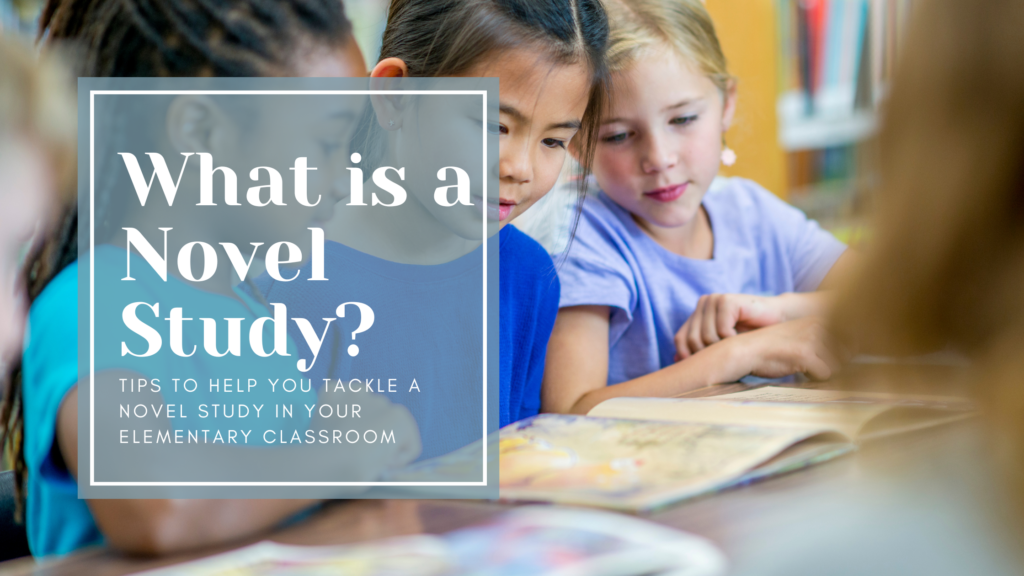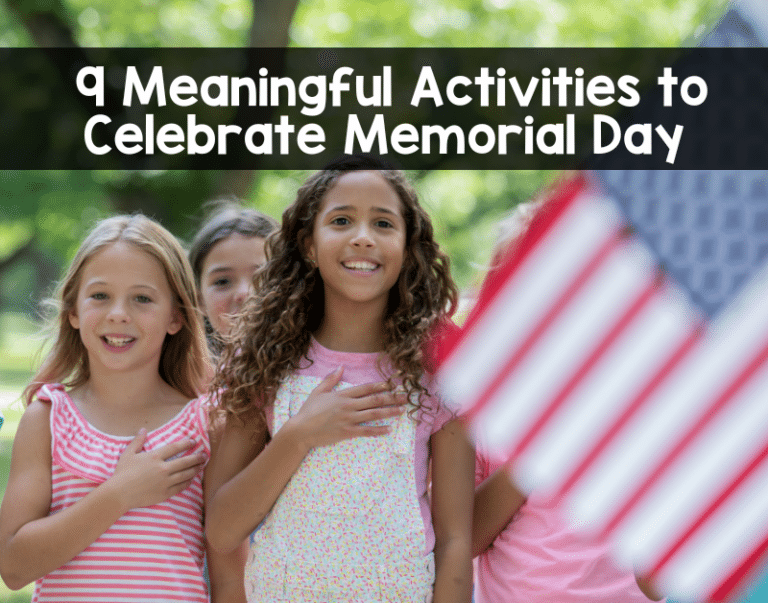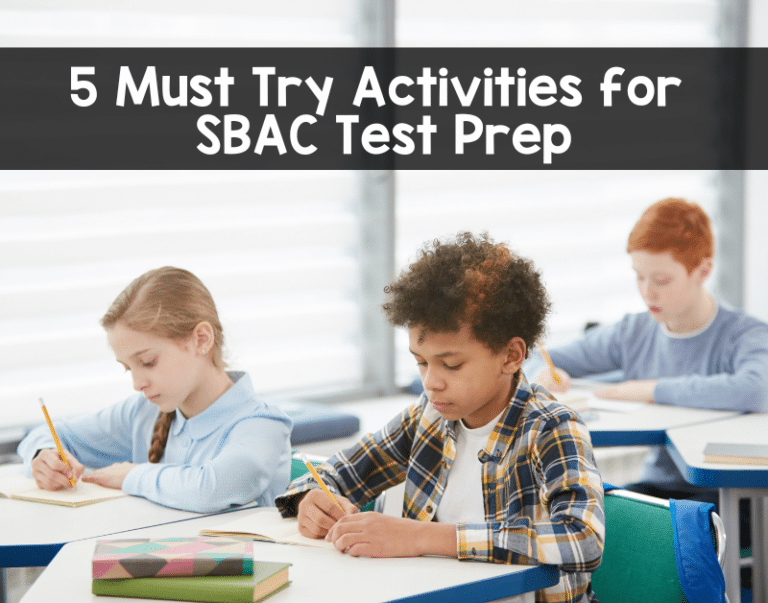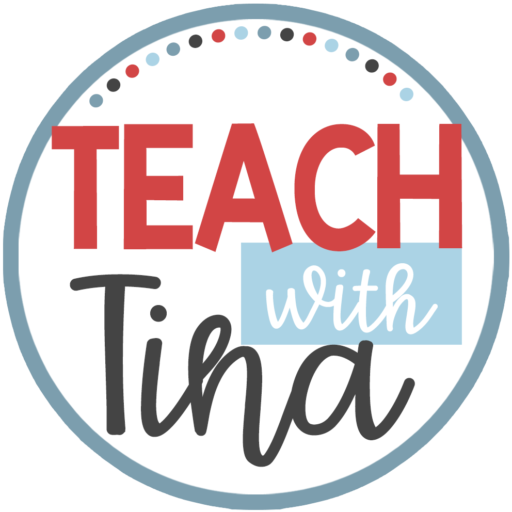
Let me introduce you to novel studies!
As an elementary school teacher teaching grades 3 through 5, I know how difficult it is to meet all the needs of my learners and cover all the ELA standards while at the same time introducing my students to amazing stories and literature!
If you feel that same stress, grab a cup of coffee or tea, sit back, and let’s decide if novel studies are right for you and your classroom!
What is a Novel Study?
A novel study is a whole class or a small group of students reads and analyzes a novel together during a novel study. They dive deep into the novel’s text, characters, plot, and theme.
Novel studies differ from literature circles or book clubs in that a novel study is guided by the teacher, rather than the students. Novel studies, however, go beyond passive student reading. They are designed to encourage students to think while they read critically.
Here are 4 tips to help you tackle a novel study in your upper elementary classroom:
Select a Great Novel for Your Novel Study
I believe it is important to expose students to a variety of literature. Try a novel that is at a slightly higher reading level than they would read on their own. Choose stories with varying types of characters, time periods, and themes. Not every student will love every novel, but that isn’t the goal. The goal is to expand our students’ worlds through stories.
A Novel Study Works Best When Each Student has a Book
Having 30 or so copies of a novel can be challenging, but it makes a difference in analyzing the text. When students have their own book, they can go back and reference passages, look at illustrations, and get the feeling that they are “digging deeper,” even better if they can write in their copy! (Wouldn’t that be cool!)
Model Good Reading Strategies
In my classroom, I read most of the novels to my students. I do my best to display what good reading looks and sounds like. I read at a fluent and enjoyable pace. I stop to think critically, ask myself questions aloud, and provide background knowledge and connections for my students.
A novel study is not the time to teach decoding or phonics, nor the time for “popcorn” or “round robin” reading. I would much rather my students relax and experience the story rather than worry that I will call on them to read.
If you want to read only some of the novel yourself, other options would be to ask students that are comfortable to join you in reading aloud or to use audiobooks.
The Teacher Guides the Novel Study
As the teacher, I take the lead in my novel studies. I read the novel ahead of time, plan activities for each chapter or part we will be reading, pull out vocabulary words that I want my students to understand, think about comprehension strategies I wish to teach and reteach my students and prepare for any discussions that may come up.
Whew! Yes, it is a lot of work! But the learning benefits are amazing! I like to have a prepared page or two of comprehension questions, vocabulary activities, and other mini-lessons ready when we finish reading. Giving students time to return to the text to find answers, use context clues, and connect to their reading is essential. A novel study is a perfect tool to embed multiple learning goals into one ELA block.
After teaching novel studies for many years, I have developed a few novel study resources so you don’t have to reinvent the wheel. If you want to save time in your classroom or see one for ideas, look at these novel studies.
I hope this was helpful and that you feel ready to dive into a great novel study!
~💙tina




